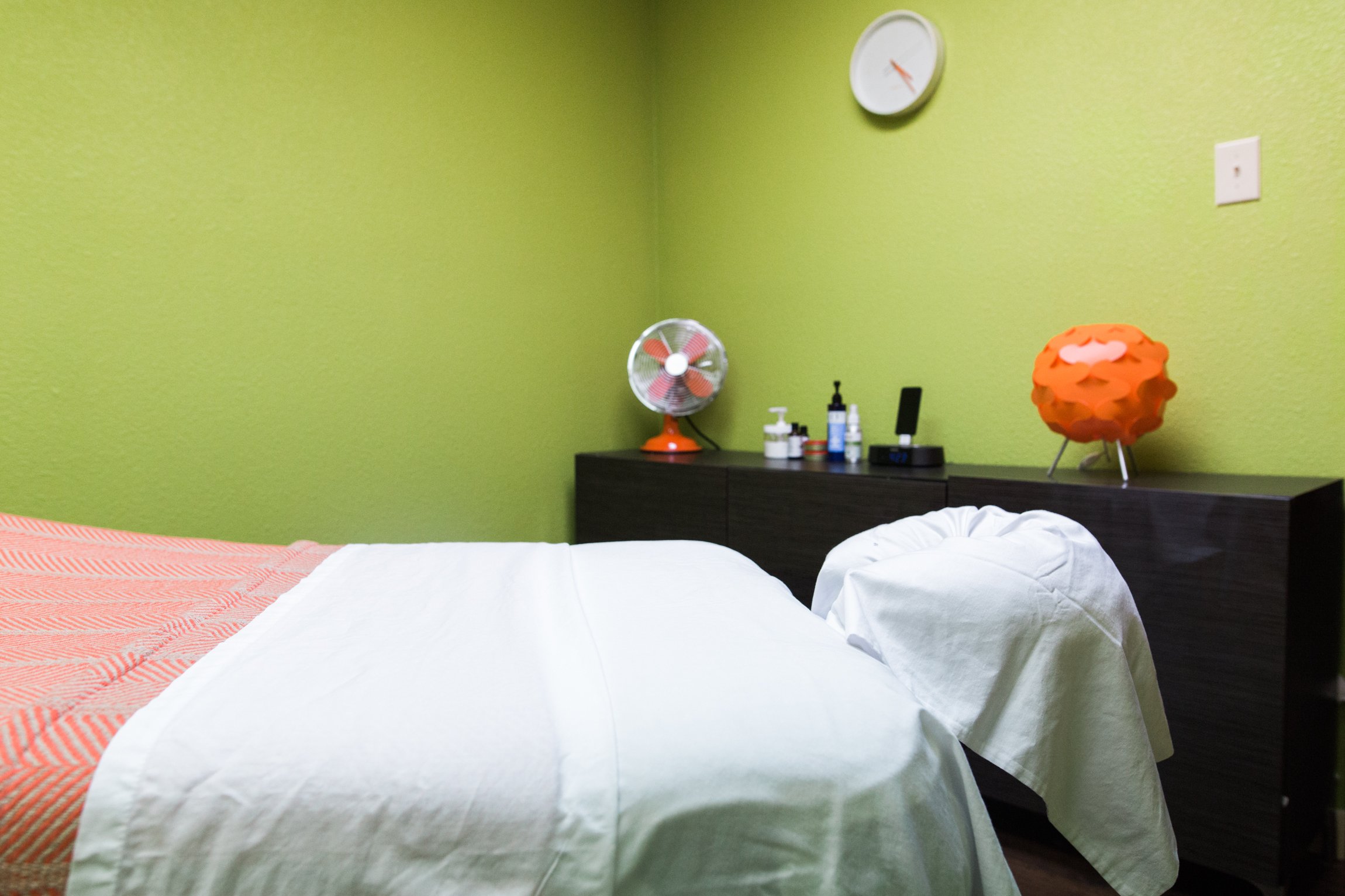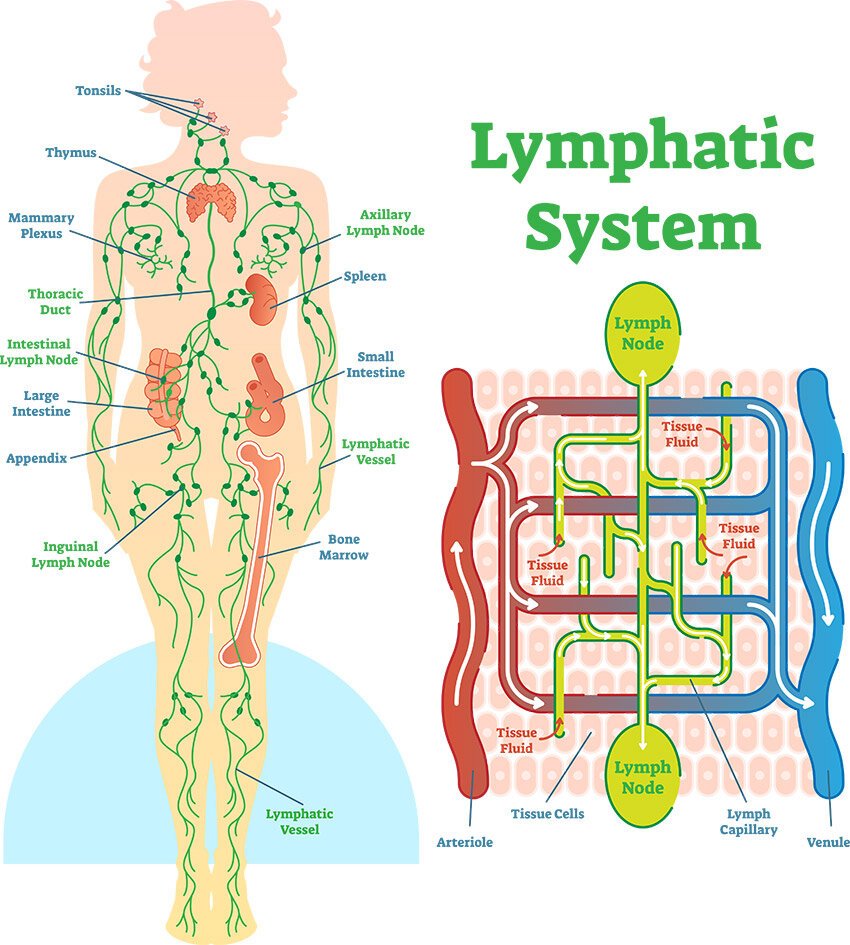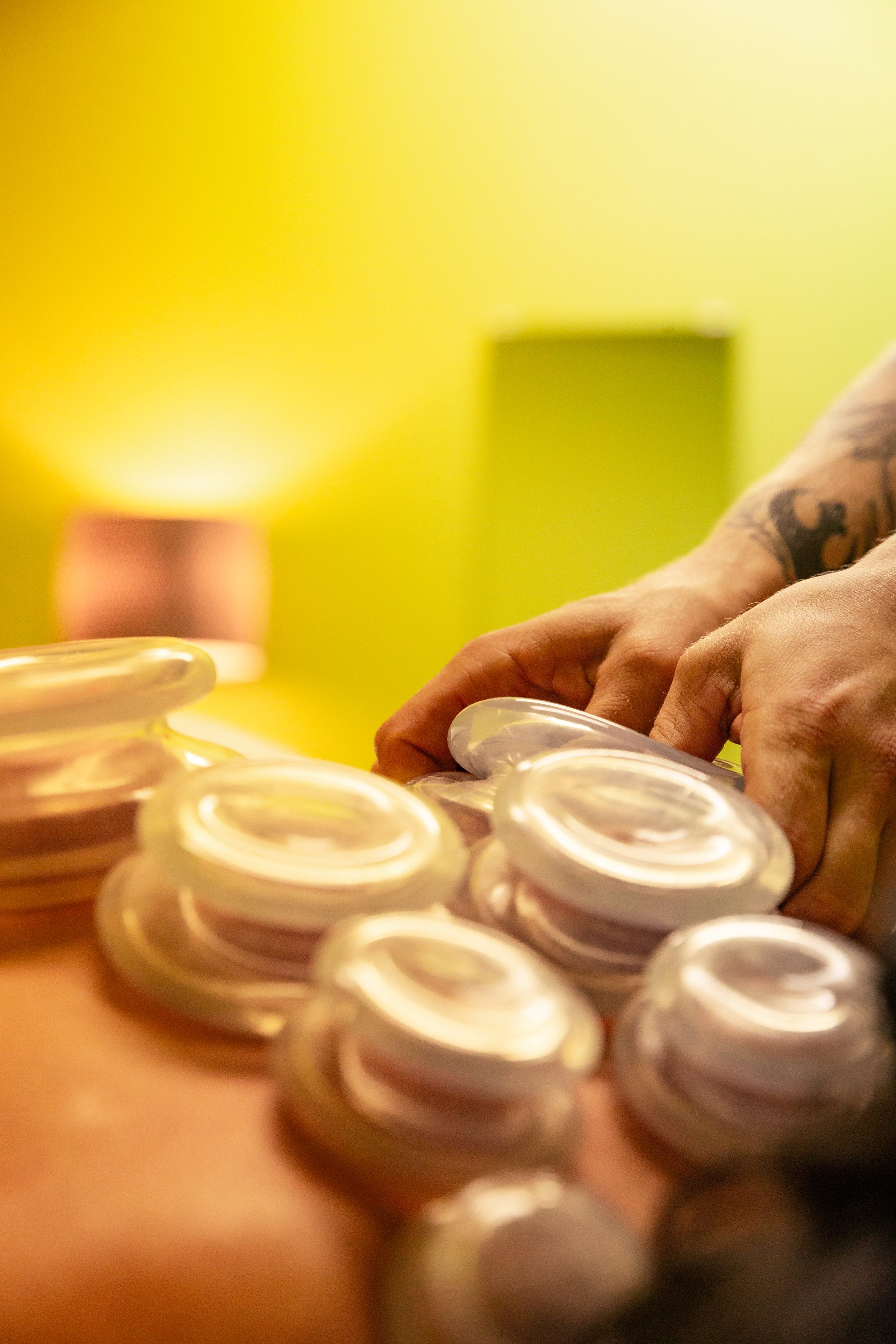Your Foot + Plantar Fasciitis
/Pain in the heel when you take your first few steps in the morning - it can be dull or stabbing pain, but it subsides after walking around for a few minutes. Does this sound familiar? It’s the hallmark symptom of plantar fasciitis, and about 10% of us will experience this pain at some point in our lifetimes.
What the heck is a plantar fascia?
The plantar fascia, also known as the plantar aponeurosis, is a triangular band of connective tissue on the sole of your foot. It attaches at the calcaneus (your heel bone) to the metatarsophalangeal joints (where the base of the toes meet the foot, think toe knuckles). The plantar fascia protects the foot’s deeper structures, supports the longitudinal arch, provides an attachment point for muscles, and helps distribute load through the foot when you’re walking, running, jumping, etc. Whether or not you’re aware of it, the plantar fascia is a structural rock star!
Why does my heel hurt?
The cause of plantar fasciitis is thought to be collagen degeneration at the calcaneal attachment, meaning the tissue just isn’t as robust as it once was. Repetitive microtears to the plantar fascia can exceed the body’s ability to heal itself. Risk factors for developing plantar fasciitis include activities like distance running, age, and having low - or high - arches.
The body will generally heal itself when it comes to plantar fasciitis - although that process can take anywhere from six to eighteen months. The good news is that recovery is easier the sooner you get treatment! First line interventions include stretching the foot and calf, strengthening the intrinsic muscles of the foot, wearing thick soled shoes with a wide toe box, and - you may have seen this one coming - massage.
Because the plantar fascia is relatively superficial, it’s among the easiest structures of the foot to massage. And real talk, who doesn’t love a skilled foot massage? We like to think holistically in massage, so in addition to the entire foot we’ll want to consider any muscles that attach around the heel - that means your calf is going to get some love as well.
Any other advice?
And here’s our Mantis PSA on foot health - whatever shoe you like to wear, make sure it’s big enough for your precious feet! Toes need to spread, and your foot needs to pronate AND supinate as part of the gait cycle. One more tip: toe spacers can be a wonderful, inexpensive tool for engaging those intrinsic foot muscles. Throw them on when you’ll be walking around the house, thirty minutes to an hour should be plenty.
If you’re struggling with plantar fasciitis, don’t delay. We can help, and your feet will thank you.






















